Concept and creative process
Liz Friedman and Kevin Hill designed and produced the Millennium Branding idents to replace BBC One with a unique 24-hour channel brand named ‘2000 Today’.
This package shows clips from the UK live broadcast on BBC One on 31st December 1999. It gives an impression of how the graphics were used and how the Branding Idents were developed into the 'kit of parts' associated with most television brands, such as menu backgrounds, information panels, lower third straps and stings. This clip gives a flavour of the 24-hour broadcast which took over BBC One for the biggest broadcast in TV history. The set design was influenced by the graphics. You can see stones and water used as flooring for the set. The sun ident on screens on the set were reflected in one of the newspaper front covers.
The designers created a series of full frame backgrounds from every brand ident to take any text or other visuals needed by production. These all had continuous gentle movement to retain the 'live' feeling originally commissioned. These were all created on a Quantel Hal after the idents had been made in post-production. All the backgrounds and straps were created textless and delivered to all of the participating countries which amounted to more than 68 from all over the world by the time of transmission.
The original idea to use a symbolic stone to represent the Earth itself for the Millennium Brand came from Martin Lambie-Nairn, who had been commissioned to create an icon for the project to use at MIPCON (the global TV marketplace) in order to market the event internationally to other broadcasters in advance.
They won the pitch for the job against Lambie-Nairn and other design consultancies. The brief was to animate the inanimate Stone Icon, initially to create a title sequence and an on-screen identity. However, it became obvious that because of its international nature, and because most of the other channels would be transmitting with commercial breaks, a branding package of idents and break bumpers to get in and out of the breaks would be more appropriate. The package had to be textless too, so that each channel could add its own captions and give it its own identity.
The designers’ idea was to animate the Stone by associating it with the natural elements of the Earth itself which people around the world could relate to. It was important to develop the Ident and give it life and movement and a feeling of celebration. Five idents were created, each one with a Stone Ident animation to opt-in to the studio and a live action Hand Ident to opt-out to the commercial break or to a short film, for channels without commercial breaks. These were conceived as related pairs and the BBC also used these break bumpers as interstitials or mini-breaks. All of the Stone Idents were shot mostly as live action model shoots with special effects and CGI elements composited in post-production. The Hand Idents were shot live and post-produced the same way.
The BBC/WGBH Boston co-production ‘2000 Today’ was a huge challenge and a logistical nightmare, but it linked a world-wide audience of 800 million in a day of global celebration of the new millennium, the like of which had never been possible before.
Sun ident:
Each stone ident had to have the same shape but be made of something appropriate for the idea. This stone was made of perspex to allow for the burning golden light to make it look almost liquid. An identical shaped stone crafted as a solid, rugged, craggy rock was shot on a separate take in the same position so that a transition could be achieved in post production. These were placed on a very large tray of gritty sand which picked up the glint from the lights.
Water ident:
This stone was made to look like a rugged, craggy stone and is replaced by an identical Stone which is smooth. This represents the passing of time where water changes the shore line. The stones, shot separately but positioned carefully in the same spot, were placed on a massive tray covered in stones. The water was produced by swinging a plastic bag full of water hanging on a long string. As it was released behind the stone like a pendulum, the plastic bag swings forward and breaks open on hitting the stone. This was shot on 35 mm film at very high speed at about 2000 frames a second. The sky background was added in post-production.
Laser ident:
This stone was made to look like a rugged, craggy stone and is replaced by an identical stone which is smooth. The stones were positioned accurately in the same spot at the shoot, so that a transition could be achieved in post-production. The laser effects were shot separately and added in post-production. The lighting of the stones was achieved by moving lights and by a moving metallic foil gobo placed above the rig. The stones were suspended on wires in an abstract model set. As everything was locked off and static, it was possible to mix between lighting effects to add vibrancy.
Ice ident:
This stone was made with a smooth appearance. It was placed on a rig of ice, which was used to reveal the stone. The water droplet was shot high-speed separately and added in on post-production, as were the butterflies which were created using CGI. The lighting was created using filters and gobos of branches with leaves to create natural shadows.
Fire ident:
This stone was was made of a glass-like substance. This shoot was the simplest of them all as most of the work was done in post-production. Lighting effects were shot in the studio and the fire effects added in post-production. The fire was created by burning wire wool to give the impression of a molten, volcanic substance. This was bought in from Oxford Scientific Films, a supplier of various pre-shot effects.
Sun ident hand:
The hands were all used to opt out to the commercial break or to a short film for channels without commercial breaks. This ident was paired with the sun stone icon. It was a live action shoot in a studio, using 35mm film. This shoot was mostly achieved by clever lighting effects at the time of the shoot, but enhanced later in post-production. The shaft of light in the man's hand was also shot separately so that it could be added back in later to enhance what was already there.
Water ident hand:
This ident was paired with the water stone icon. This was a live action shoot in a studio, using 35mm film. This was also possibly the most problematic hand ident to shoot. It involved shooting at extremely high speed of at least 2000 frames per second. The water didn't work well shooting out sideways so in the end we filmed the water falling down and added it back in in post-production. It was also important for the colour hues to match the master stone ident paired this with the hand, so they were enhanced in post-production.
Laser ident hand:
This ident was paired with the laser stone icon. This was a live action shoot in a studio, using 35mm film. Most of the effect was done in post-production where the laser was composited into the shot. However the lighting of the man needed some work done on set to create an effect of bright light emanating from the palm of his hand. The laser was shot separately in the studio and added in post-production.
Fire ident hand:
This ident was paired with the fire stone icon. This was a live action shoot in a studio, using 35mm film and shot at a high speed to slightly slow down the action of the hands opening which which was shot without the fire. The fireball was acquired from Oxford Scientific Films and added in post-production. However care was needed at the shoot to create a lighting effect to simulate the effect of the fire on the person.
Ice ident hand:
This ident was paired with the ice stone icon. It was a live action shoot in a studio, using 35mm film and shot at a high speed to slightly slow down the action of the hands opening which was shot without the butterfly. The butterfly was actually created in CGI and composited later in post-production.
Director of Photography - Karl Watkins.
Special Effects - Asylum.
Visual Effects and Post-Production - Glassworks.
Music - David Arnold.
HAL operator - Kevin Hill.
Live Action and Model Direction - Liz Friedman.
Creative Direction and Graphic Design - Liz Friedman and Kevin Hill.
Winners of a Broadcast Designers Association Silver Award.
Nominated for a BAFTA Craft Award for Graphic Design.
Winners of the Promax World Class Award.
More Information
2000 Today concepts, sketches, mood boards and storyboards

2000 Today sketchbook concepts by Peter Parr 1
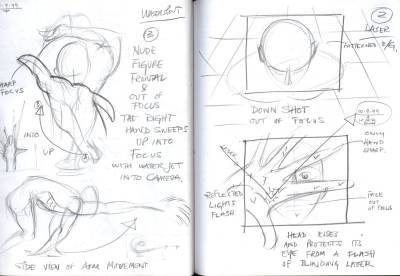
2000 Today sketchbook concepts by Peter Parr 2
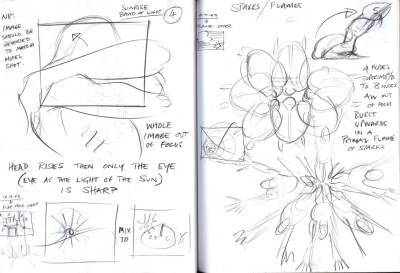
2000 Today sketchbook concepts by Peter Parr 3
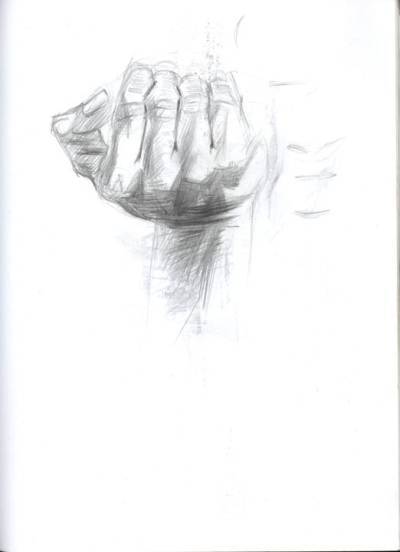
2000 Today sketchbook concepts by Peter Parr 4
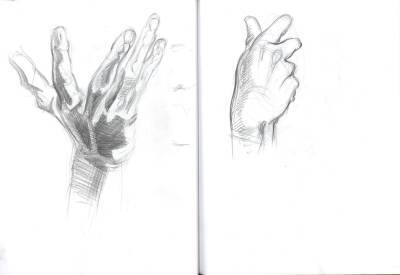
2000 Today sketchbook concepts by Peter Parr 5
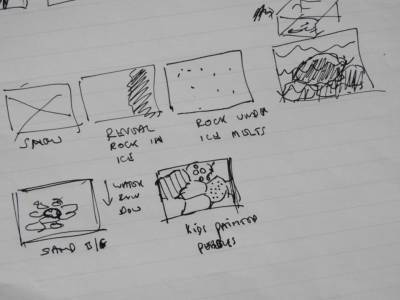
2000 Today initial doodle concept 1
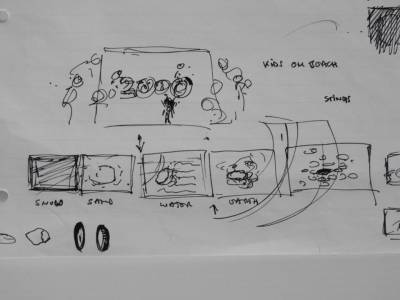
2000 Today initial doodle concept 2
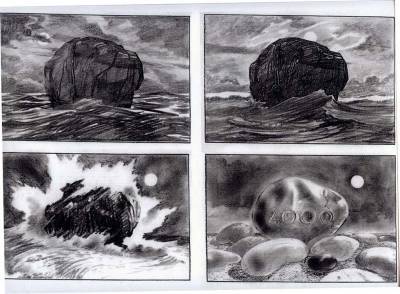
2000 Today titles storyboard 1
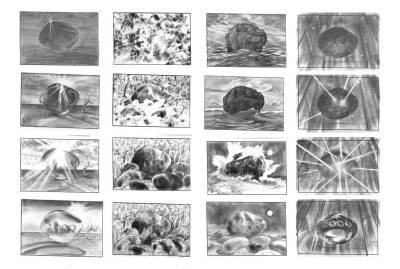
2000 Today titles storyboard by Peter Parr 2
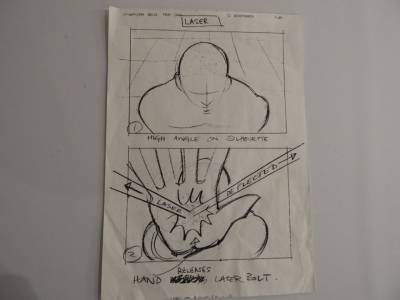
2000 Today laser hand storyboard 1
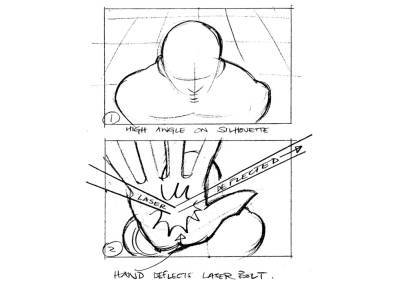
2000 Today laser hand storyboard 2

2000 Today Ice ident storyboard

2000 Today Laser ident storyboard

2000 Today Sun ident storyboard

2000 Today Water ident storyboard

2000 Today stone concepts

2000 Today stone/logo integration mood board
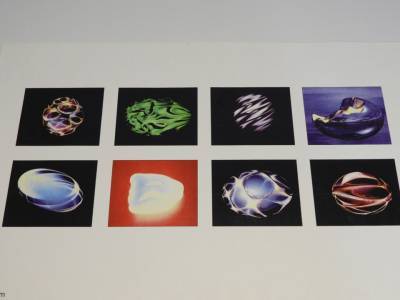
2000 Today stone appearance mood board
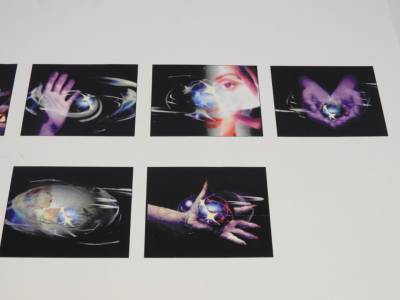
2000 Today stone and hands mood board 1

2000 Today stone and hands mood board 2
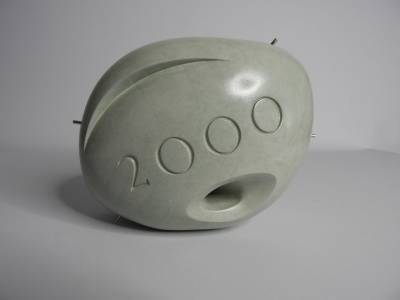
2000 Today laser stone model 1

2000 Today laser stone model 2
2000 Today stills and promo materials
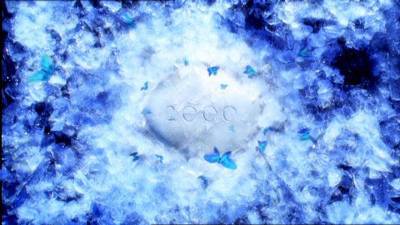
2000 Today Ice Stone ident

2000 Today Laser ident 1
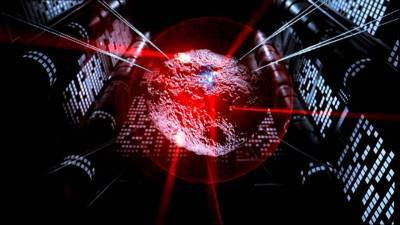
2000 Today Laser ident 2
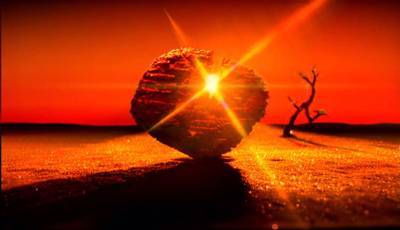
2000 Today Sun Stone ident 1
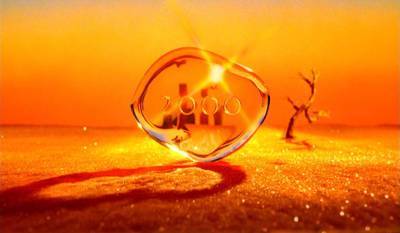
2000 Today Sun Stone ident 2
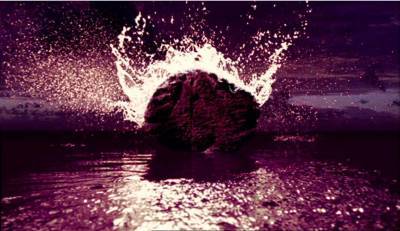
2000 Today Water Stone ident 1

2000 Today Water Stone ident 2
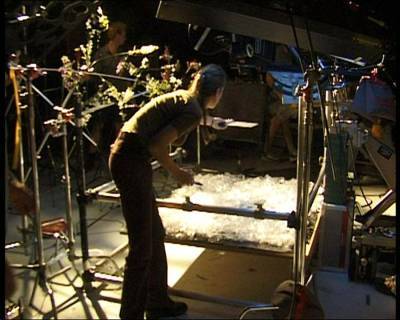
2000 Today Ice ident shoot 1
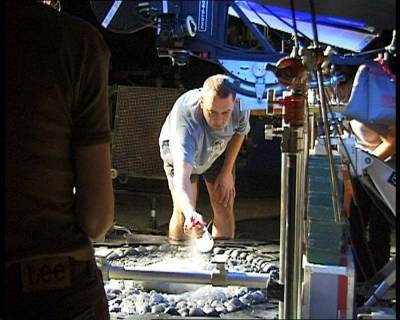
2000 Today Ice ident shoot 2
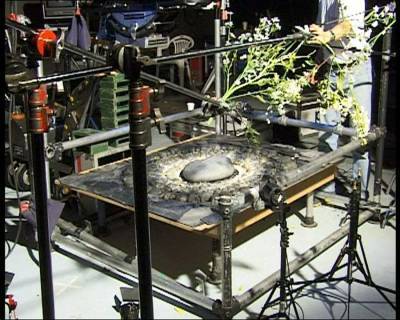
2000 Today Ice ident shoot 3
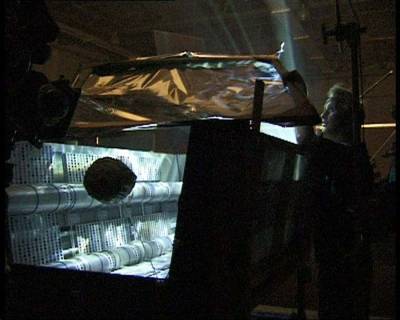
2000 Today Laser ident shoot 1
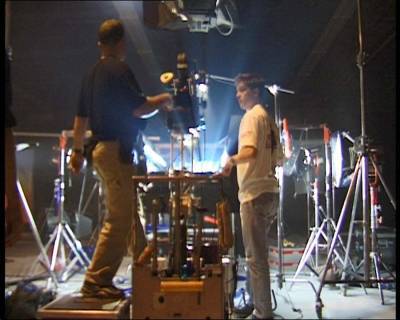
2000 Today Laser ident shoot 2
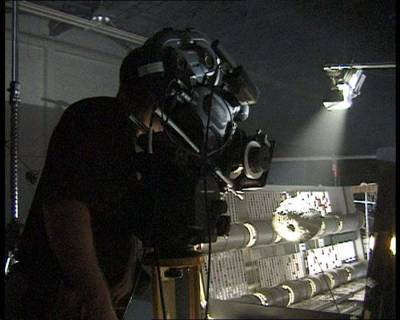
2000 Today Laser ident shoot 3

2000 Today press cutting 1
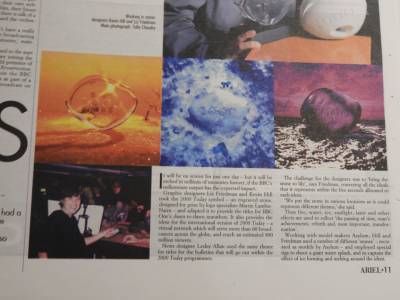
2000 Today press cutting 2

2000 Today press cutting 3

2000 Today press cutting 4
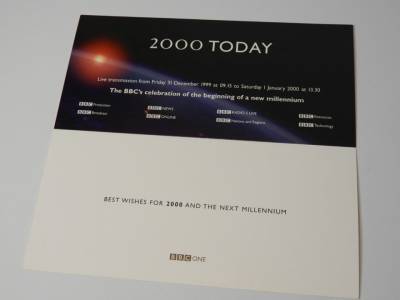
2000 Today publicity cards 1
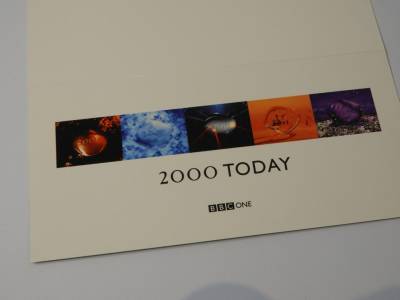
2000 Today publicity cards 2
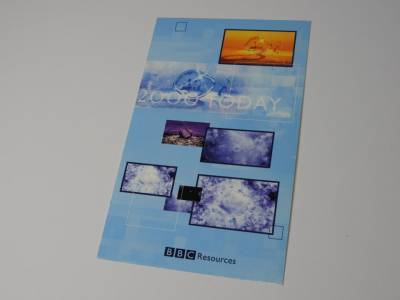
2000 Today BBC Resources publicity

2000 Today Lambie-Nairn original branding

2000 Today style guide for co-broadcasters 1
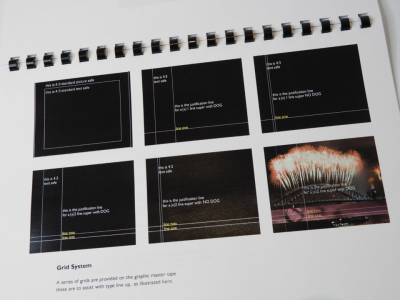
2000 Today style guide for co-broadcasters 2

Book for 24 hr 2000 Today broadcast event front 1

Book for 24 hr 2000 Today broadcast event inside 2
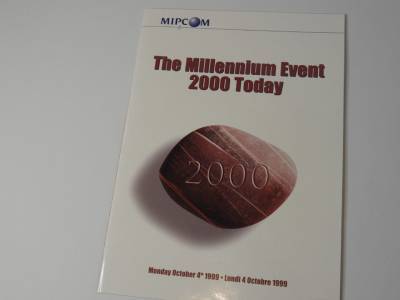
2000 Today MIPCOM invitation to worldwide TV channels
